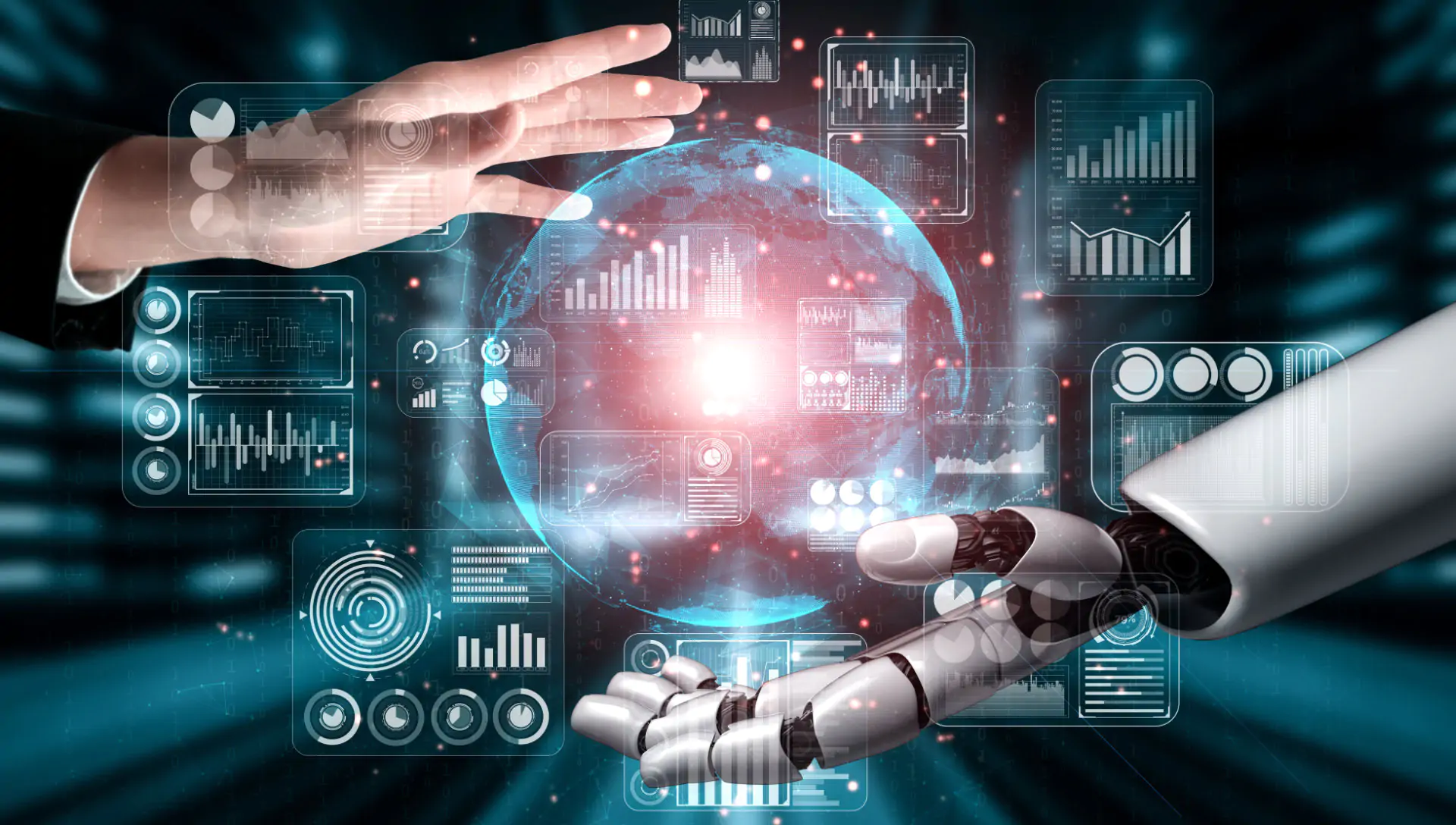In the digital age, where content is abundant and diverse, the question of whether a piece of writing originates from a human or an artificial intelligence (AI) system has become increasingly relevant. The Turing Test, proposed by Alan Turing in 1950, serves as a foundational concept in this discussion. It challenges the ability of a machine to exhibit intelligent behavior equivalent to, or indistinguishable from, that of a human. The determination of whether content is human-generated or AI-generated carries significant implications for various sectors, including journalism, marketing, and academia.
Characteristics of Human or Not
Human writing often exhibits emotional depth, reflecting the intricacies of human experience. It encompasses nuances, metaphors, and personal anecdotes that resonate with readers on an emotional level. Furthermore, human writers demonstrate creativity and originality in their work, offering unique perspectives and fresh insights. However, human writing is not without its flaws, as it may contain inconsistencies or errors that are characteristic of human fallibility. Additionally, cultural references and idiomatic expressions are prevalent in human writing, reflecting the writer’s background and worldview.
Characteristics of AI-generated Writing
In contrast, AI-generated writing prioritizes accuracy and coherence, leveraging vast datasets and sophisticated algorithms to produce seamless content. While AI can mimic human language effectively, it often lacks the emotional depth and subjective interpretation inherent in human writing. AI-generated content may also exhibit repetitiveness or adhere to templates, particularly in automated tasks such as news summarization or content generation for e-commerce platforms. Despite these limitations, AI excels in rapid production and can generate vast amounts of content in a short period.
Challenges in Distinguishing Human from AI Writing
Advancements in AI technology pose challenges in distinguishing between human and AI writing. Complex algorithms and natural language processing techniques enable AI systems to produce increasingly convincing content. Moreover, the quality of training data influences the performance of AI models, with biased or limited datasets affecting the output. As writing styles evolve over time, AI systems adapt to mimic current trends, further blurring the lines between human and AI-generated content.
Methods to Determine Human or AI Writing
Several methods can aid in determining the origin of written content. Linguistic analysis involves examining syntax, vocabulary usage, and writing style to identify patterns unique to human or AI writing. Cognitive analysis assesses the depth of thought and emotional resonance conveyed in the text, distinguishing between human creativity and algorithmic generation. Contextual clues, such as timestamps, authorship information, and writing prompts, provide additional context for assessing the authenticity of content. Ultimately, human judgment remains crucial in discerning subtle nuances and contextual cues that automated systems may overlook.
Implications of AI-generated Content
The proliferation of AI-generated content carries significant implications for various industries and society at large. In journalism, AI-powered news aggregation and summarization tools streamline content production but raise concerns about editorial bias and misinformation. In marketing, personalized content generation algorithms enhance targeting capabilities but may compromise consumer privacy and autonomy. Ethical considerations surrounding AI-generated content encompass issues of authorship, intellectual property rights, and accountability. Furthermore, the rise of AI challenges traditional notions of human creativity and prompts reflection on the nature of art and expression in the digital era. To mitigate the risks associated with AI-generated content, interdisciplinary collaboration and robust regulatory frameworks are essential to ensure transparency, accountability, and ethical standards.
Conclusion
The distinction between human and AI-generated content is becoming increasingly nuanced and complex. While AI technologies offer unprecedented opportunities for content creation and automation, they also pose challenges in preserving authenticity, creativity, and ethical standards. As the boundaries between human and AI writing continue to blur, it is imperative to adopt a critical and discerning approach to assess the origin and authenticity of written content.
FAQs
How can I differentiate between human and AI-generated content?
Look for nuances in writing style, emotional depth, and originality, which are often indicative of human writing.
What are the ethical considerations surrounding AI-generated content?
Ethical concerns include issues of authorship, intellectual property rights, privacy, and accountability for biased or misleading content.
Can AI-generated content replace human creativity entirely?
While AI can mimic human language and generate content efficiently, it lacks the subjective experiences and creative intuition inherent in human creativity.
Are there regulations in place to govern AI-generated content?
Regulatory frameworks vary by jurisdiction but typically encompass intellectual property laws, data protection regulations, and industry-specific guidelines.
How can we ensure the responsible use of AI in content generation?
By promoting transparency, accountability, and ethical standards, stakeholders can mitigate the risks associated with AI-generated content and foster a responsible AI ecosystem.







































